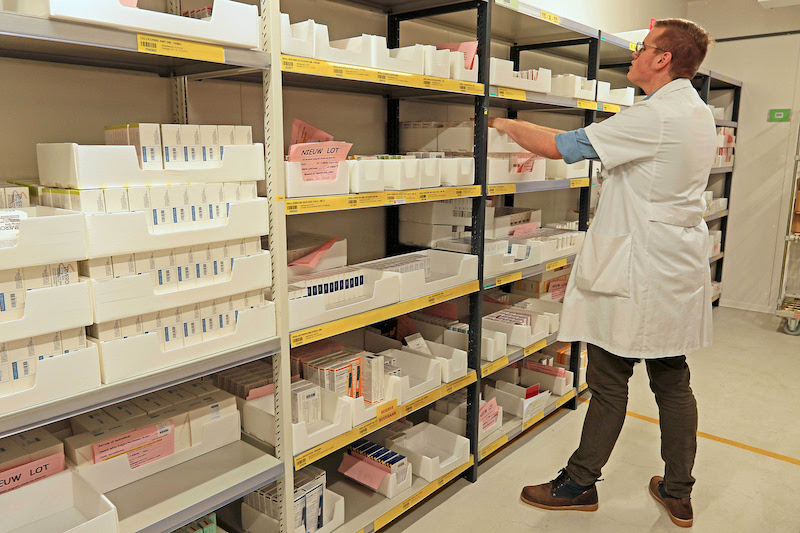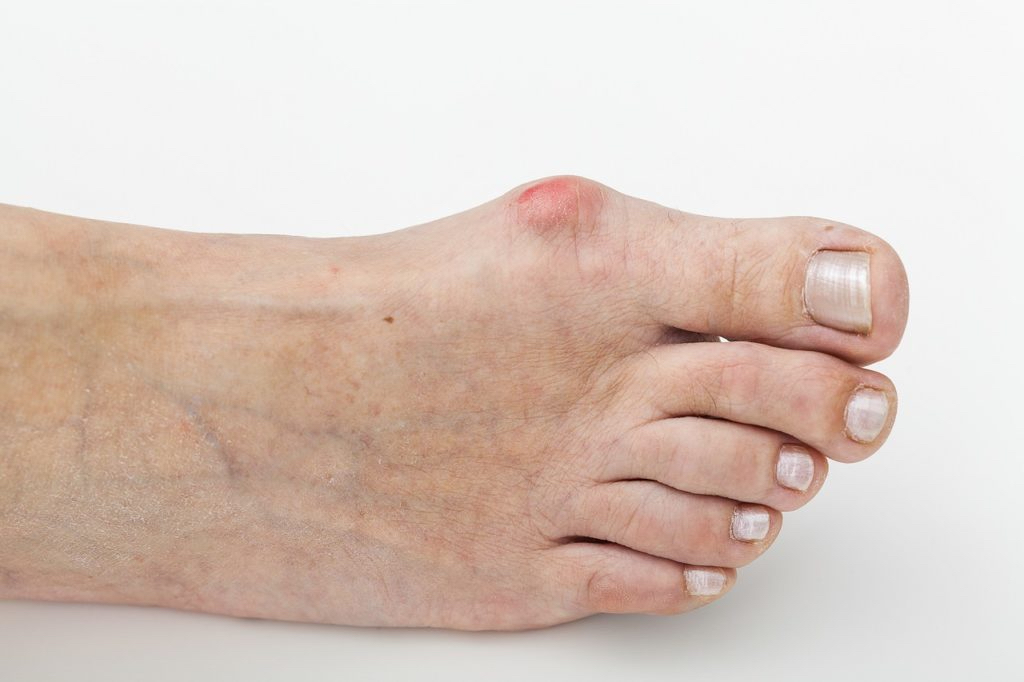
Dental Implants to be cared jusst like natural teeth
Dental implants should only be placed when the patient is missing one or more teeth or when it is not possible to keep a tooth or teeth affected by caries, gum disease or trauma following conservative treatments currently available in dentistry.
In these situations, the first task is doing an analysis and a proper diagnosis. After that, the patient is advised about what kind of dental restoration would be the most appropriate for him. We currently have three types of resources: the dental implant, a fixed prosthesis on teeth or the removable partial one.
By placing an implant, you do not need to carve adjacent teeth; this is why it is the most requested choice by patients. This technique is based on extensive scientific research over 40 years, thanks to which it has been possible to get reliable results to achieve an excellent aesthetic and functional improvement for the patient.
Anyone is suitable to place a dental implant. This is why we must consider previously whether the patient owns real underlying conditions to undergo this treatment to make it a success in the long-term.
The ideal patient is one who has a good general and oral health, with healthy gums, no caries and sufficient quantity and quality of bone to place the implant. It is crucial to remove oral infections before placing the implant.
Risk factors for dental implants
The main risk factors are: poor oral hygiene, previous history of gum disease or untreated or uncontrolled gum disease, smoking, alcoholism and uncontrolled diabetes.
So if we have any gum disease (gingivitis or periodontitis), it must be previously treated (through scrapings and sometimes gum surgeries). On the other hand, it is vital to follow a rigorous maintenance of gum disease to ensure the health of implants at a short and long-term and avoid their swelling (mucositis) or infections (periimplantitis)
Importance of periodic maintenance
Following the new guidelines on the prevention of gum disease and implants of the European Federation of Periodontology (EFP), the patient should be informed before implant placement that these require the same care that teeth. How? Removing plaque from the surface of teeth and implants by proper brushing and from the spaces between teeth and implants using interdental brushes or flossing. Moreover, it is necessary to follow a periodontal and peri-implant periodic maintenance carried out by a professional to evaluate dental implants continuously. The frequency of maintenance, from 4 to 12 months, depends on the profile of each patient based on his risk factors. They are continuously trained on oral hygiene measures, professional and regular removal of plaque (and calculations), control X-ray and actions on patient behaviour to improve his oral hygiene. Specific goals are established, and planning measures, monitoring and peri-implant factors risk are incorporated.
The dental implant treatment is a simple procedure but it requires proper planning and a full explanation.
Many patients believe that if all teeth are extracted, the fact of placing implants will stop their mouth problems. They also think that as implants are made of titanium, they will not be exposed to infections and that they will not have any risk of deterioration and loss of functionality. The patient should be informed before starting any treatment with implants about these myths and that implants, in the same way as teeth do, require periodic and professional maintenance checks. To that purpose, it is essential an excellent oral hygiene to keep them healthy and free of infection.
Dr. Jaime Alcaraz Sintes Dr. Jaime Alcaraz Freijo
Periodontics, Implants and Cosmetic Dentistry
Ángel Lozano, 11 4ºB Alicante






